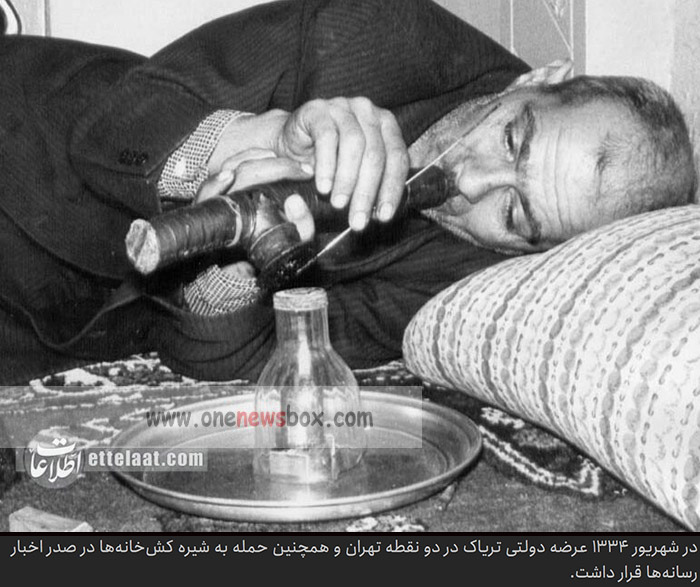In September 1955, Tehran was at the center of heated debates and media attention concerning the government’s opium supply and the violent incidents that occurred at dispensaries—known locally as pacharagh. These establishments, which had existed in various forms for centuries, were deeply embedded in Iran’s social fabric, but they also symbolized vice, addiction, and, in the eyes of reformers, the decline of public morality. The events of 1955 highlighted the tension between state attempts to regulate drug consumption, public health concerns, and the persistence of long-standing cultural practices.
To understand this moment in Iranian history, one must look at the origins of opium use, the evolution of dispensaries, state policies under different monarchs, and the persistence of such establishments into the mid-20th century. It became almost synonymous with kharabat (ruin), a word used in Persian poetry and colloquial speech to denote moral and spiritual decay.

